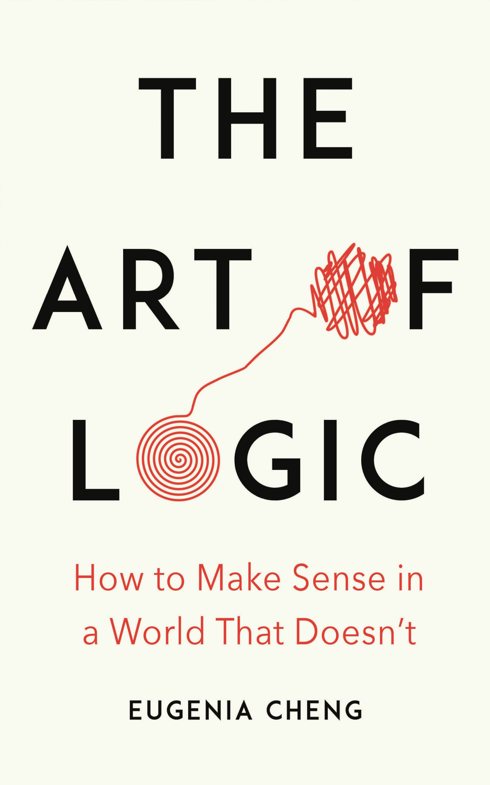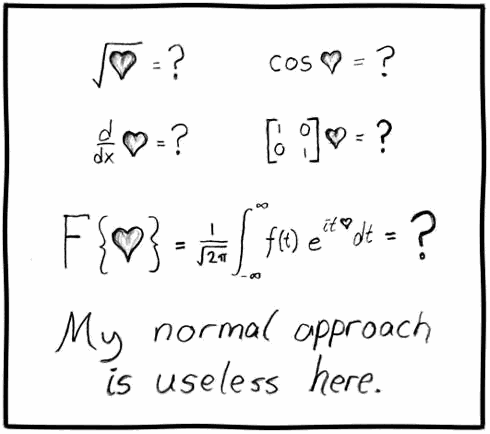Book review: The Art of Logic
A case study in the importance of good examples, by @DrEugeniaCheng 2021-07-20 #mathematics #book #review
In The Art of Logic, Professor Eugenia Cheng presents an accessible introduction to mathematical logic, not for its own sake, but in pursuit of a more human kind of truth.
Professor Cheng ultimately explains intelligent rationality and how to have good arguments without needless antagonism. She shows how logical arguments relate to emotional arguments, and how to use them more effectively together.
Three things particularly impressed me about the book:
- Using concrete examples to introduce and explain abstract concepts, all the way through
- Examples that matter - misogyny, racism, and privilege
- Linking two seemingly unrelated topics, in this case logic and emotions
In fact, the book drew me in from the start, by touching on a personal experience.
How to think
In the book’s introduction, Professor Cheng challenges the orthodoxy that pure mathematics only exists to support applied mathematics, referring to:
the mistaken idea that the whole point of maths is to turn life situations into equations, and solve them using maths
Professor Cheng calls this a ‘chain of intermediaries’:
pure mathematics → applied mathematics → science → engineering → numerical world
The classic XKCD cartoon ‘Useless’ illustrates the limitation of this way of thinking - that you can’t use a formula or numbers on an emotional argument:
Professor Cheng motivates her work and introduces the rest of the book with this alternative:
Mathematics in school may well be mostly about numbers and equations, but higher-level mathematics is about how to think, and in this way it is applicable to the entire human world, not just the part involving numbers.
This leads to the book’s key argument: not only can logic help with the rational part of an emotional argument, we can use analogies to link logical arguments to human emotions.
Meaningful examples
I love this book’s examples more than anything else about it. Much non-fiction focuses on concepts and techniques lacks a motivating example that answers editors’ classic question, so what and why do I care?
Introductions to logic rarely use more interesting examples than rain in Kansas, say, before discarding analogies to human affairs and continuing using only symbols. You can experience exactly that for yourself by attempting to read the Wikipedia page on propositional calculus.
The Art of Logic, meanwhile, maintains such a good balance between the examples and the mathematics that I simultaneously read it as:
- an accessible introduction to propositional logic, predicate logic, and category theory, and
- a thought-provoking analysis of misogyny, racism and privilege.
This impressed me, unlike some explanations I’ve previously encountered.
Category theory
A few years ago, I saw a conference presentation that failed to use examples while introducing category theory to an audience who use its concepts in functional programming. The presentation focused on diagrams like this (source):
This accurately represents some concept in category theory, but I don’t recommend expecting anyone to understand it without a real-world example. Ironically, that particular programmer community would have especially benefitted from The Art of Logic’s analysis of white male privilege.
Conclusion
Your intellectual health deserves the tonic this book administers. Read it!
⭐️⭐️⭐️⭐️⭐️ Recommended.



